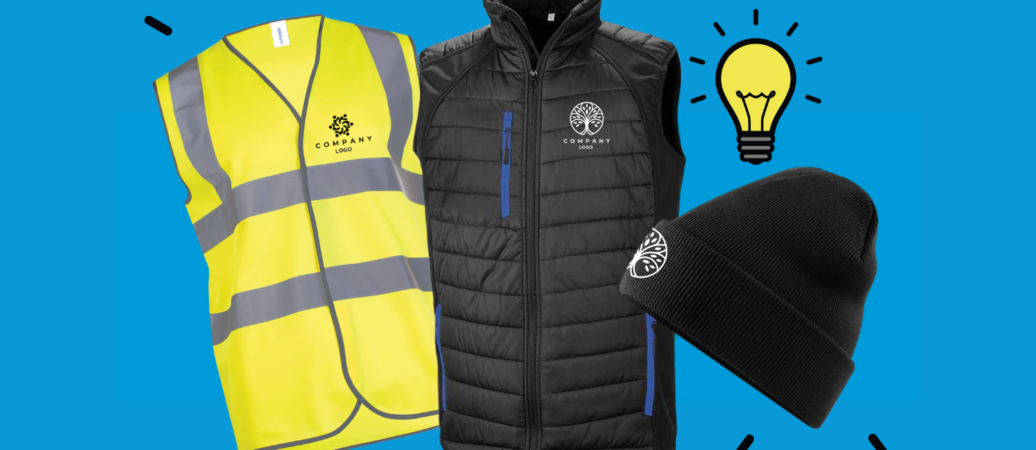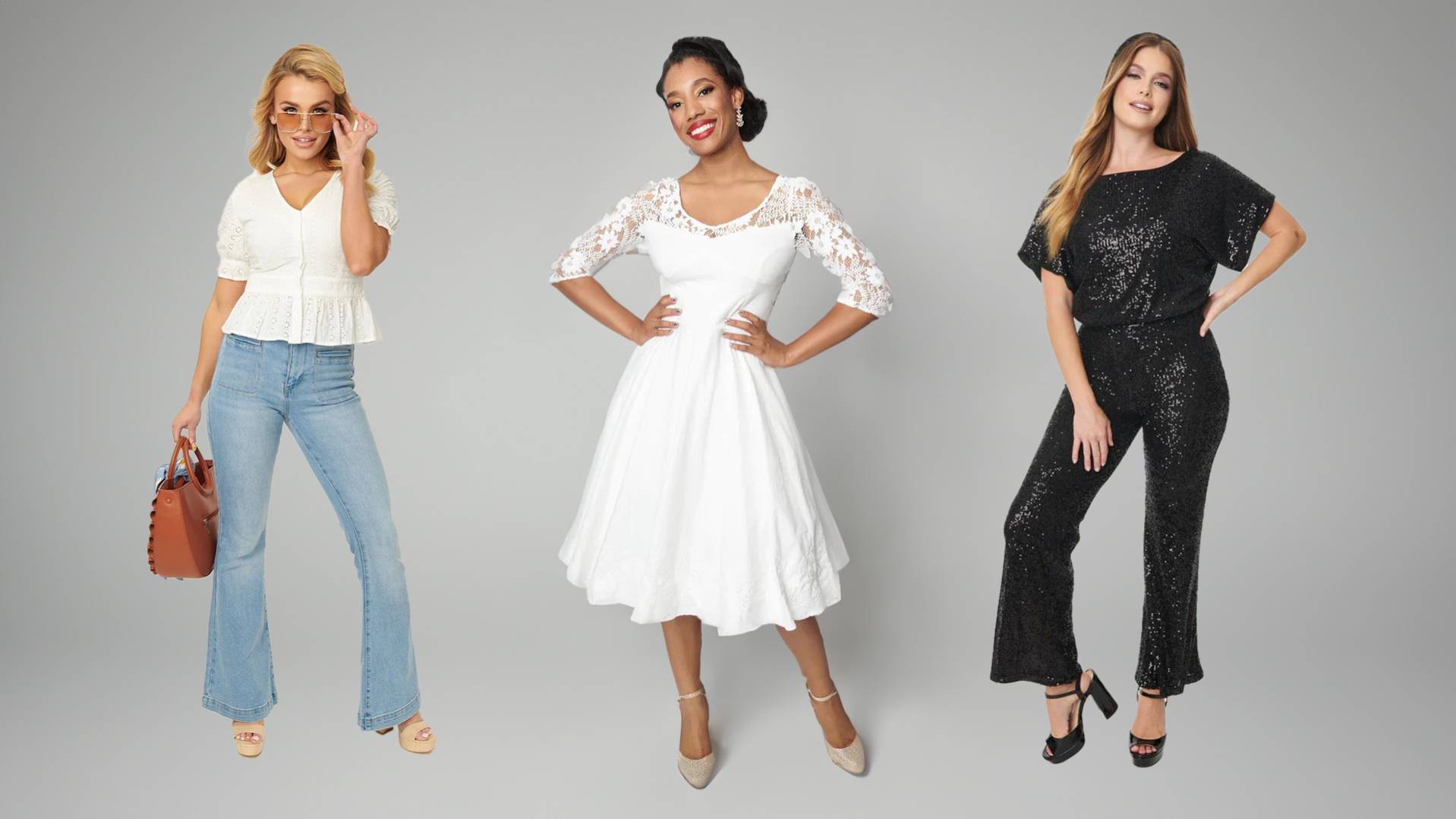Branded Clothing for Cold Climates: Which Fabrics Actually Work?
Branded Clothing for Cold Climates: Which Fabrics Actually Work?
Blog Article
Understanding Garments: The Significance of Fabric Selections in Your Wardrobe
The choice of textile in garments plays a critical duty in both looks and functionality. Various products use differing levels of convenience, breathability, and sturdiness, directly affecting the user's experience. Recognizing these subtleties can improve one's wardrobe noticeably. Yet, several overlook exactly how these selections can affect not just personal style, but likewise sustainability. What textile decisions could redefine your wardrobe and straighten it with both style and obligation?
The Function of Fabric in vogue and Capability

Common Textile Types and Their Qualities
When picking garments, understanding the characteristics of usual textile kinds is crucial for making educated selections. Cotton, a widely-used all-natural fiber, is known for its breathability, convenience, and gentleness, making it suitable for sportswear and everyday garments. Linen, an additional all-natural option, boasts superb moisture-wicking buildings and a distinct texture, ideal for cozy climates.Wool, typically favored for its warmth and durability, varies in fineness; merino wool is soft against the skin, while coarser types are utilized for outerwear. Synthetic textiles like polyester and nylon provide sturdiness and resistance to creases, making them preferred for activewear and traveling garments. Lastly, blends, which combine artificial and all-natural fibers, can improve functionality while maintaining convenience. By acknowledging these material attributes, individuals can pick garments that straightens with their way of life and aesthetic preferences.
Breathability and Convenience: Choosing the Right Fabrics for Different Climates
Picking the appropriate fabrics for different climates can significantly enhance convenience and overall wearability. Breathable materials are crucial in warm climates, as they permit air blood circulation and wetness dissipation. Fabrics such as cotton, linen, and moisture-wicking synthetics successfully attract sweat away from the body, maintaining the user cool and completely dry. Alternatively, in chillier climates, thicker materials like wool or fleece supply insulation while maintaining breathability, ensuring heat without overheating.Additionally, the selection of material weight plays an essential function; light-weight materials are more effective for summertime, whereas heavier options are matched for winter wear. Understanding the unique properties of each textile allows individuals to clothe appropriately for varying climate condition. Ultimately, selecting breathable and comfortable fabrics tailored to details environments can substantially improve everyday convenience and improve the general experience of putting on apparel.
Sturdiness and Treatment: Exactly How Material Impacts Long Life of Your Wardrobe
Picking the best materials can considerably impact the durability and care requirements of a wardrobe. Fabrics such as cotton and polyester are known for their durability and ease of maintenance, making them suitable for daily wear. In comparison, delicate materials like silk and lace require more cautious handling and specialized cleansing methods, which can increase the time and initiative required for care. Branded Clothing.Durability is also affected by the material's weave and coating; snugly woven materials have a tendency to withstand wear and tear better than freely woven options. Additionally, artificial blends often give improved longevity, combining the very best high qualities of numerous fibers.Understanding the care guidelines for every fabric is crucial, as incorrect washing or drying can bring about premature wear. Ultimately, picking durable products can lead to a longer-lasting wardrobe, minimizing the frequency of substitutes and adding to an extra sustainable fashion selection
The Influence of Material on Fit and Silhouette

Sustainable Textile Choices: Making Eco-Friendly Decisions
The impact of fabric prolongs beyond fit and shape to encompass ecological factors, prompting a growing passion in lasting fabric selections. Green fabrics, such as organic cotton, hemp, and Tencel, are getting traction among customers who prioritize sustainability in their wardrobes. These products are frequently created with less chemicals and water, lowering their ecological footprint.Additionally, recycled materials, made from post-consumer waste, offer a cutting-edge option to the fabric sector's pollution problem. Brands top article progressively accept openness in their sourcing approaches, allowing consumers to make informed decisions regarding their purchases.Choosing sustainable fabrics not just supports moral techniques yet also encourages the fashion market to take on even more responsible production approaches. As awareness of ecological problems increases, people are urged to review the long-lasting impact of their textile options, cultivating an activity in the direction of an extra eco aware and lasting approach to fashion.
Elevating Design: How Textile Can Transform an Attire
While lots of might concentrate on color and cut when selecting a clothing, the choice of fabric plays a crucial function in boosting design and boosting general appearance. Various materials communicate distinct moods and messages; for instance, silk emanates high-end and sophistication, while jeans uses a casual, relaxed vibe. The texture and drape of a fabric can dramatically alter the shape, with organized fabrics giving a sleek appearance and softer ones producing a more fluid, unwinded aesthetic.Moreover, the weight of the fabric affects wearability across periods. Lightweight materials like bed linen and cotton are optimal for summer season, while larger materials such as woollen and velour supply warmth and elegance in cooler months. Comprehending material buildings, such as breathability and stretch, also empowers people to make informed choices that enhance comfort without jeopardizing style. Inevitably, the appropriate textile can change an attire from regular to remarkable, making it an important factor to consider in any kind of wardrobe.
Often Asked Concerns
Just how Do I Determine the Material Material of My Clothes?
To recognize fabric web content, one can take a look at treatment tags, conduct melt examinations for fiber identification, or get in touch with fabric swatches. These approaches help differentiate products, ensuring educated choices for clothes care and maintenance in daily wear.
Can Fabric Option Affect My State Of Mind or Confidence?
Textile choice can considerably impact an individual's mood and self-confidence. Branded Clothing. Certain materials might stimulate feelings of convenience or style, while others can really feel uncomplimentary or restrictive, inevitably influencing self-perception and emotional wellness throughout the day
What Fabrics Are Ideal for Delicate Skin?
For people with sensitive skin, natural materials like bamboo, bed linen, and cotton are commonly suggested. These materials are breathable, hypoallergenic, and much less most likely to this link create inflammation, making them suitable selections for convenience and skin health.
How Do I Effectively Clean and Take Care Of Various Fabrics?
To effectively clean and care for different fabrics, one have to think about each material's certain demands, including temperature level settings, cleaning agents, and drying out approaches, ensuring long life and keeping the fabric's original top qualities for optimal usage.
Are There Specific Fabrics for Athletic or Efficiency Put On?
Sports or performance wear typically uses fabrics such as polyester, spandex, and nylon. These products are made for moisture-wicking, breathability, and flexibility, enhancing motion and convenience throughout exercises while supplying sturdiness and support. Alternatively, in colder climates, thicker textiles like wool or fleece supply insulation while preserving breathability, making sure warmth without overheating.Additionally, the choice of fabric weight plays a vital duty; light-weight fabrics are more effective for summer season, whereas much heavier options are fit for wintertime wear. In comparison, delicate materials like silk and shoelace call for more mindful handling and specialized cleaning techniques, which can boost the time and effort required for care.Durability is also affected by the fabric's weave and surface; securely woven fabrics often tend to resist wear and tear better than loosely woven alternatives. In contrast, rigid fabrics can restrict activity however offer a traditional, refined look.Moreover, the density and appearance of the textile can affect the aesthetic understanding of body shape. The effect of fabric prolongs past fit and shape to incorporate environmental factors, prompting a growing rate of interest in lasting fabric choices. The structure and drape of a material can substantially modify the shape, with structured fabrics giving a polished look and softer ones developing a much more fluid, relaxed aesthetic.Moreover, the weight of the textile affects wearability across seasons.
Report this page